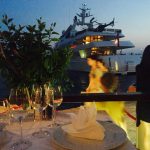July 25, 2019 – It is 8 years since Anthony Bourdain told the world about Croatia’s ‘world-class food, world-class cheese, world-class wine.’ A case study of Hvar on how to deliver the gourmet experience to food and wine tourists.
Tourism is about content, experiences and stories. Croatia has all three in abundance, and yet few tourists are aware of them. I have been very critical of the Kings of Accidental Tourism over the years, never more so than now with my interview in Index a few days ago read by 100,000 people (English version here).
I have also been very critical over the years of my beloved adopted hometown of Jelsa and its lack of tourism strategy. Going back to Jelsa this summer made me truly sad to see just how bad things had got in terms of not just the lack of tourists, but the quality of the tourists. Peak season half-board packages for a family of three for under 500 euro total is not going to fill the restaurants of the town. As Confucius once wisely said: 21 Ukranian half-board overnight stays is a better gift to the Temple of Record Overnight Stays than 7 Norwegian nights in private accommodation and Jelsa’s bars and restaurants, so the Kings of Accidental Tourism will be able to display their beloved statistics.
But Confucius also concluded that 21 half-board Ukranian overnights for less than 500 euro bring less revenue than 7 Norwegian overnights. Actually, probably less than 2 Norwegian overnights. Workers in the hotels speak of a sharp rise in Ukrainians on packages (welcome, and enjoy your great value stay), and the restaurant owners are asking where are the Norwegians this year. It will be interesting to look at the numbers from the Kings award-winning, transparent, real-time reporting system eVisitor when they finally allow us to see the numbers.
I have never believed in criticising something for the sake of criticising. It achieves nothing apart from website clicks and more negativity. I have come to learn that constructive criticism is not a concept which is widely accepted in Croatia, but it is a concept that Croatia badly needs on that long journey to a better future.
Just as I have suggested a concrete solution to reset Croatian tourism away from this insanity of zero-content sun and sea apartmentizacija tourism at four-star prices (Branding Croatia: 5 Gifts and Trends to Focus On), so too I will do a blueprint for one sector of tourism today. And then tomorrow I will suggest a blueprint how Jelsa can improve its two Christmas star strategy in time for next season. Both suggestions cost almost nothing, for all the content is already there. We are just not telling anyone about what we have.
Let’s go back to the beginning – content, experiences and stories. When Anthony Bourdain discovered Croatia in 2011, he was blown away with the unique experiences he encountered. Croatia’s 130 indigenous varieties, fresh and outstanding regional cuisines served in spectacular authentic experiences were beautifully presented to the world by Bourdain in his show ‘No Reservations’ on The Travel Show.
So where is the gourmet tourism dividend of the Bourdain Effect? Similar to the World Cup dividend, there is none, because the Kings did almost absolutely nothing to take advantage. So today, I will have an attempt to do just that, and to show using only existing resources how Hvar can become a fascinating and unique food and wine experience that can attract high-spending foodies out of the peak season and away from the overtourism pressure points from next year.
I have pitched the idea below to a couple of foodie friends, including one who runs a boutique gourmet tourism business, and they were both very encouraging. So encouraging, in fact, that I have agreed to work with the agency to turn these ideas into a selection of tours for the 2020 season. If the Kings want to continue to worship at the Temple of Record Overnights, there will be more space for serious businesses who want to do serious tourism. The idea is based solely on existing resources, and so will cost very little, but additionally I have one or two ideas where investment is required if there is a budget.
How to Make the Island of Hvar a Top Food and Wine Destination without Investing Too Much
I have never lived in a place which was as rich as Hvar in terms of natural beauty, resources, history, tradition as Hvar. It has the most UNESCO heritage of any island in the world, the oldest public theatre in Europe, is the birthplace of organised tourism in Europe, the sunniest island in Europe, and its fantastic indigenous wines exported as far away as Japan, Australia and California. The divertisy of its terroirs, the richness of its various herbs and spices, coupled with traditional and innovative ways of using them in gastronomy make it a fascinating foodie experience.
Step 1 – Branding. Tell the world what we have.
Welcome to Jelsa, the Capital of Dalmatian wine. While places like Peljesac may claim to be the regional capital of Dalmatian wine, is there a single town in Dalmatia which can claim both the history and outstanding current producers than Jelsa? Andro Tomic, Ivo Dubokovic and Teo Huljic are in the town, Ivo Caric, Antun Plancic, Tonci Marjan, Zlatan Otok, PZ Svirce are just outside.
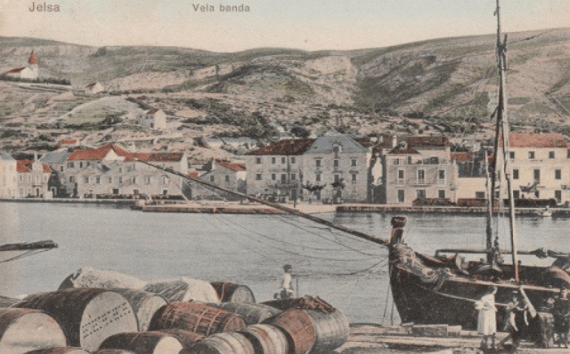
As is Jo Ahearne, Master of Wine, the first MW to make wine in Croatia with a winning combination of Hvar Grapes, London Hands. Wines which are now appreciated in restaurants in Tokyo, Kyoto and Sydney, to name but three. Her Rosina featured in a recent edition of Decanter magazine. Learn more about the wines of Jo Ahearne MW and how to book a tasting here.
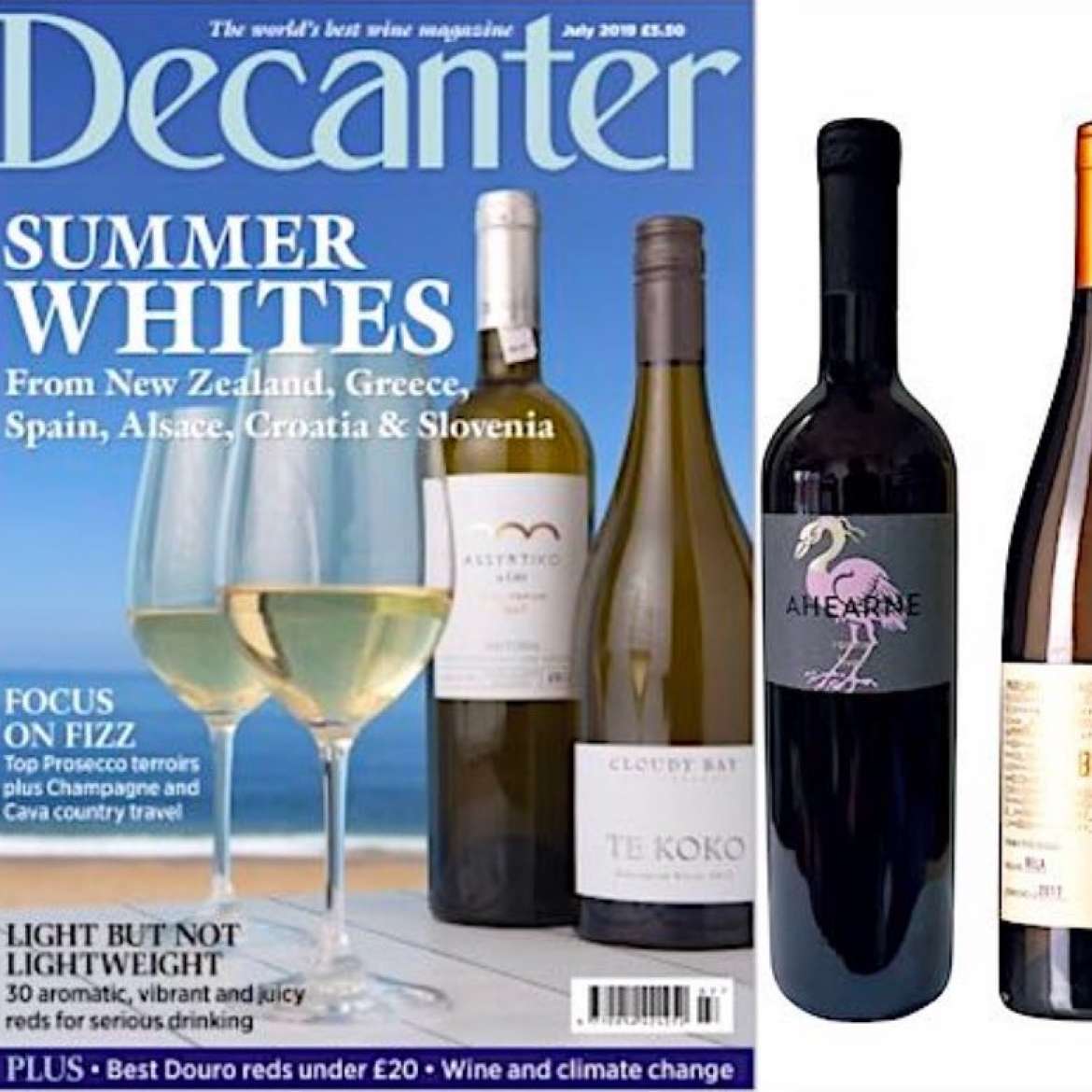
Use her services! Her expertise in developing wine tourism and her name in promoting Hvar wine.
The only other MW doing anything with wine in Croatia is also doing it in Jelsa. Ivan Barbic MW helps to produce Ivo Dubokovic’s coveted top red, Medvid.
Welcome to Jelsa, the capital of Dalmatian wine!
And then to strengthen the brand of Jelsa as the wine capital, resurrect this idea which ALMOST happened in 2013 – an exchange programme with a Californian university to bring Californian students to get work experience on Hvar’s vineyards. How much are they going to fall in love with Jelsa and tell their friends back home?
Step 2 – Branding. Tell the world what we have
As mentioned above, Hvar has the most UNESCO heritage of any island in the world, so let’s tell people about that! And let’s do it in one spectacular way, by showcasing ALL six heritages at the same time, with a food and wine feast in the most spectacular setting.
Location, the Stari Grad Plain – UNESCO World Heritage Site
Dinner provided by intangible UNESCO heritages the Mediterranean Diet (Hvar is one of 9 islands on the Med, Brac the only other Croatian one), tables decorated by the agave lace of Hvar’s Benedictine Nuns, music consisting of Dalmatian klapa. Over an aperitif before dinner, you can inspect some of the Suhozid (dry stone walls) and then after the meal take in the incredible Za Krizen (Behind the Cross) procession, which has taken place for 500 years, as 6 simultaneous processions follow a barefoot cross-bearer through the night over a 22km circular route. Learn more about the whole tradition through the story of one cross-bearer in the video below. It truly is one of the best times to be on Hvar.
One unique tourism experience with limited availability once a year, the Thursday before Easter. Invite international journalists if you want (or not – this is the free section of my idea, but it fits well) and let the world know.
Welcome to Hvar, Dalmatia’s Wine Capital with UNESCO Mediterranean Diet!
We haven’t spent any money yet.
Step 3 – Make the concept of Hvar Wine Time Traveller a reality.
A few years ago when I was briefly helping the Hvar Wine Association with some promotion, President Ivana Krstulovic Caric told me about a fantastic idea she had had to promote the island through its heritage. The concept was called Hvar WIne Time Traveller, and it took tourists on a journey from the arrival of the Ancient Greeks to the modern day through the island’s wines, as different winemakers were connected to different periods. I wrote about Hvar Wine Time Traveller six years ago for Canadian news portal Digital Journal – you can see the idea fleshed out here.
This, I think, is a great story which the right agency (and I am talking to the right agency) can package Hvar Wine Time Traveller into a 7-day tour of the island with food and wine experiences and visits to the attractions which help to tell the story. The periods break down into the following:
Greeks – Stari Grad Plain and their winemakers.
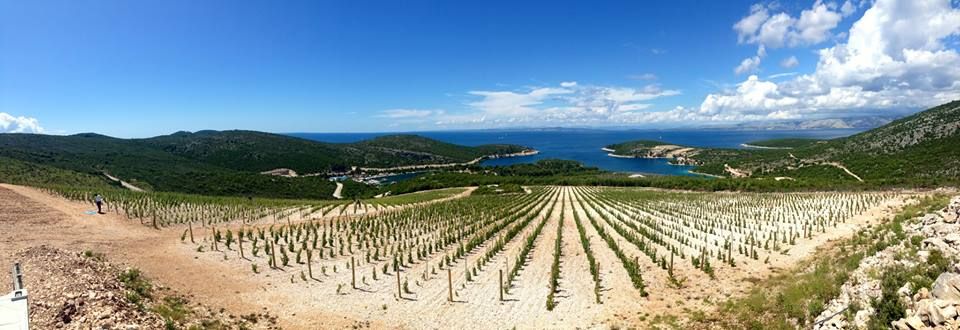
Romans – Stari Grad Plain (Roman additions), villa rusticae, including the one by the Roman mud bath near Vlaka on Sveti Klement, which also has the lowest vineyard in Croatia at just 1 metre above sea level. This was operated until very recently by the Emperor himself, Andro Tomic. And for the ultimate Roman hedonistic experience, head to his Romanesque basement in Jelsa, resplendent in his and her togas for the ultimate Roman wine tasting.
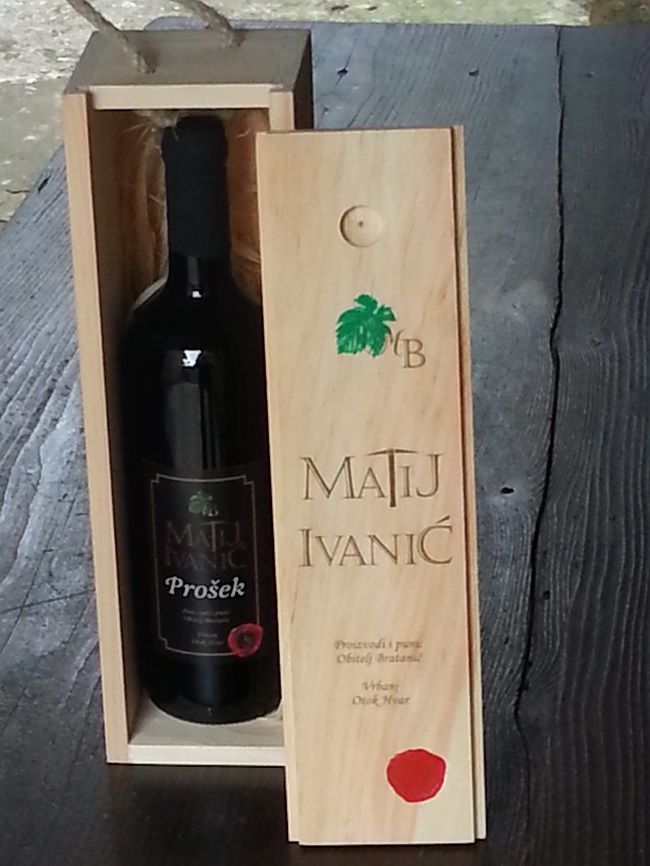
Matej Ivanic – 1514. The period of the Great Rebellion on Hvar, led by local man Matej Ivanic, who lived in both Vrbanj and Vrboska. His legacy lives on through wine in the form of Miki Bratanic, whose excellent book Konoba captures the essence of this most traditional Dalmatian room. But not as much as the konoba he has restored in Vrbanj, which is now under the protection of the Ministry of Culture. As authentic a tasting experience as you can get, especially with Miki’s rich knowledge of the traditions of Dalmatia. This is what a 2013 visit looked like.
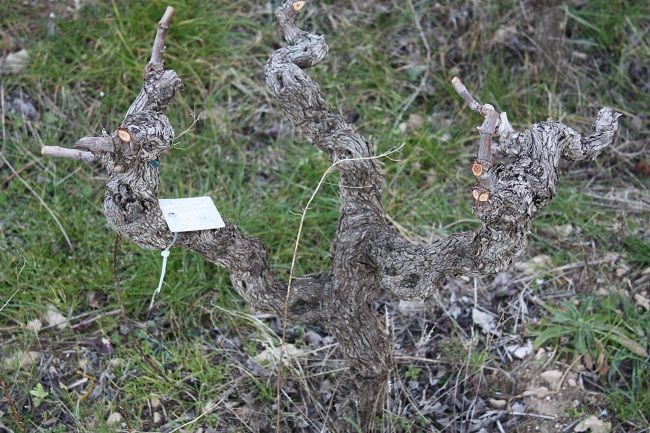
Phylloxera and the Great Emigration – Hvar used to have 5,700 hectares of vines under cultivation. These days it has less than 300. This is partially due to punitive taxes compared to other parts of the Austro Hungarian Empire, but mostly due to the devastating phylloxera which destroyed most of the vines in Dalmatia. Not all though, because as you would expect from the Capital of Dalmatia Wine, here you can find the oldest surviving Plavac Mali vineyard in the world, with each vine tagged, as you can see above.
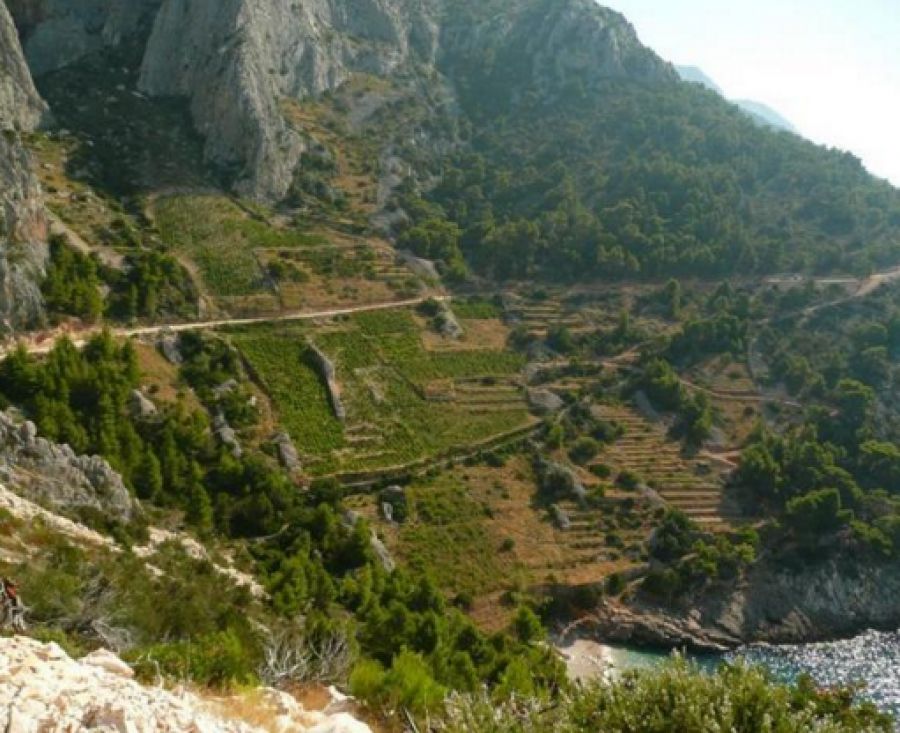
The phylloxera period would also include a visit to the church built in Iva Dolac in a bid to stave off the impending disaster through prayer. A wonderful base to explore the legendary Ivan Dolac steep slopes before heading for an underwater tasting in the cellars of Zlatan Otok.
Fast forward to the socialist era, and where better to capture that at the PZ Svirce Cooperative, whose Ivan Dolac Barrique was not only the first certified organic Plavac Mali in the world, but has been a multiple winner of best organic wine at Biofach Mundus Vini in Germany.
And then we come to the present era of the small modern winemaker. There are some REAL characters, and they all have their own styles and philosophies, which make for a really diverse set of tasting experiences.
In addition to ones already mentioned, these include the candlelit konoba tasting’s of Croatia’s best garage winemaker, Ivo Dubokovic; the slow food tasting with Teo Huljic including forgotten Hvar varieties that even other Hvar winemakers have never heard of; the canalside tasting of Ivo Caric, whose wine is served in a 3-star Michelin star restaurant in Holland; Antun Plancic in Vrbanj, the first private winemaker to take Belgrade by storm way back in 1986. The list goes on. There is a konoba tasting in a cave only accessible speedboat, another in the sloping vineyards of the south side than literally fall into the Adriatic. So many stories, so many experiences. One gourmet island.
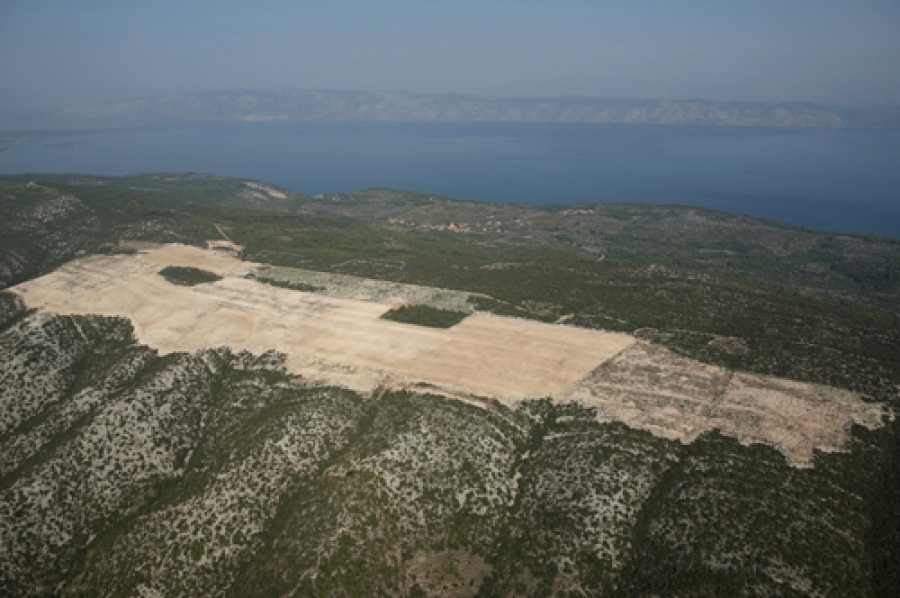
And in case you thought that all the winemakers were small, meet the largest vineyard on a Mediterranean island, some 4.5km long. This photo is old and it looks a lot different now.
And let’s not forget the Hvar winemaking genes which did emigrate. Would there be interest from Kiwi tourists visiting the village of Zastrazisce, the village where the family of Sir George Fistonic hailed from?
I know you must be hungry and we will come to the food shortly, but in the meantime:
Welcome to Hvar Wine Time Traveller, a 2,400-Year Journey through the Capital of Dalmatian Wine with UNESCO Mediterranean Diet!
Step 4 – Embrace your neighbours as an extension of your tourism, not as competition.
Many years ago, a tourist went to the Jelsa Tourist Office and said he was thinking of going to Stari Grad the next day, and could he have some information about what there was to see. The reply was quick – there is a bus timetable here, and when you get to Stari Grad, the Stari Grad Tourist Board will be able to tell you all about their offer. It is symbolic of so much about Croatian tourism for me – this territorial obsession of not telling tourists what they can experience outside the local tourist board boundaries.
Including the neighbours only adds to the offer of the Dalmatian wine capital. A day trip to Bol is a must to try the fantastic Stina wines, but linger a little longer on Brac and visit the Senjkovic winery too, while foodies who want to try something authentic and like a little offal – learn more about the delicacy of vitalac.
Would there be any interest in the capital of Dalmatian wine offering a food and wine tour from Jelsa called “The Indigenous Island Grapes of Dalmatia.” Day trips to Vis for Vugava and Viska Pogaca; Solta for Dobricic and its famous honey and olive oil; Korcula (through the south side of the island) for its Grk and Posip and list of local specialities}; and although not an island, a visit to the home of the original Zinfandel, Kastela, where the traditional cuttlefish and fava beans accompany many a bottle of Tribidrag.
Step 5 – Celebrate individuals and tell their stories.
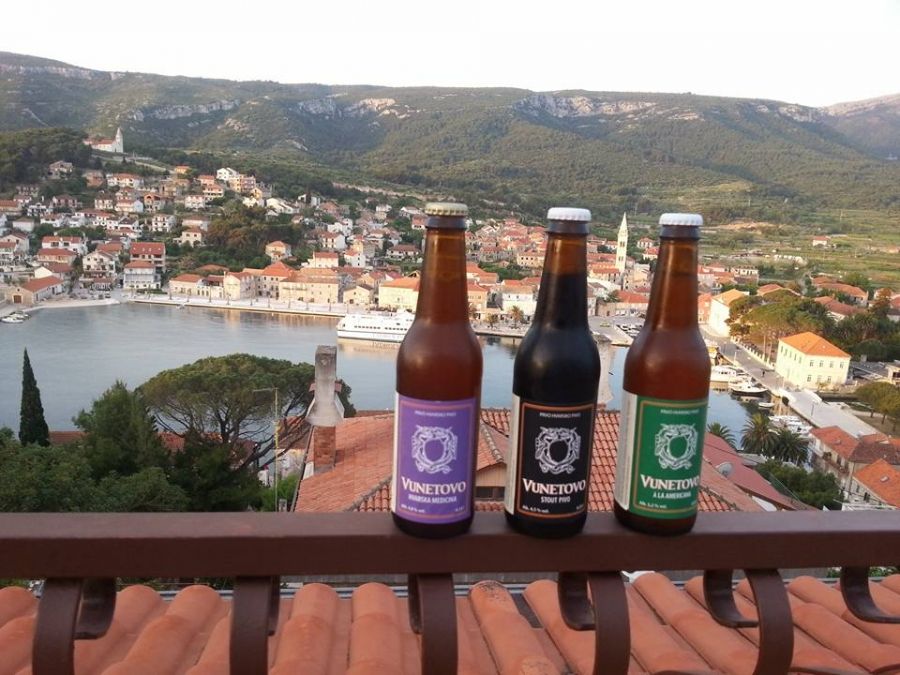
Among the many wonderful people I have met on Hvar, among them are a Polish woman who was the first to make craft beer on a Croatian island, a famous English cocktail maker producing his own gin, a Croatian lady making perfume from local Hvar products, and one bar who perfected the first ever cockatil made from 100% Hvar products; the Scedro beekeeper whose rosemary honey was named third best in the world in Buenos Aires at the 2011 Apimondia.
Fascinating characters, unique stories. Celebrate them and include them in the gourmet tourism strategy.
And we haven’t spent any money yet.
Step 6 – Examine how your festivals can help the brand
I am not sure what happened to it, but 6 years ago there was a great project called Wildflower Europe, where nature in the community was celebrated by five communities in Slovenia, Scotland, Romania, Bulgaria, and Stari Grad. The first year included a week-long festival of events, including the lavender and honey festivals, workshops and special 100-kuna 3-course menus in Stari Grad’s restaurants featuring the island’s herbs. It was wonderful.
Hvar currently has the following festivals each year – lavender, honey, squid fishing, big game fishing, olive oil, immortelle harvesting workshop. It has the grape, lavender and olive harvests. It has wild boar hunting. Easy to arrange are octopus fishing and night fishing. People go crazy for wild asparagus foraging. Play with all these and make them fit into the brand.
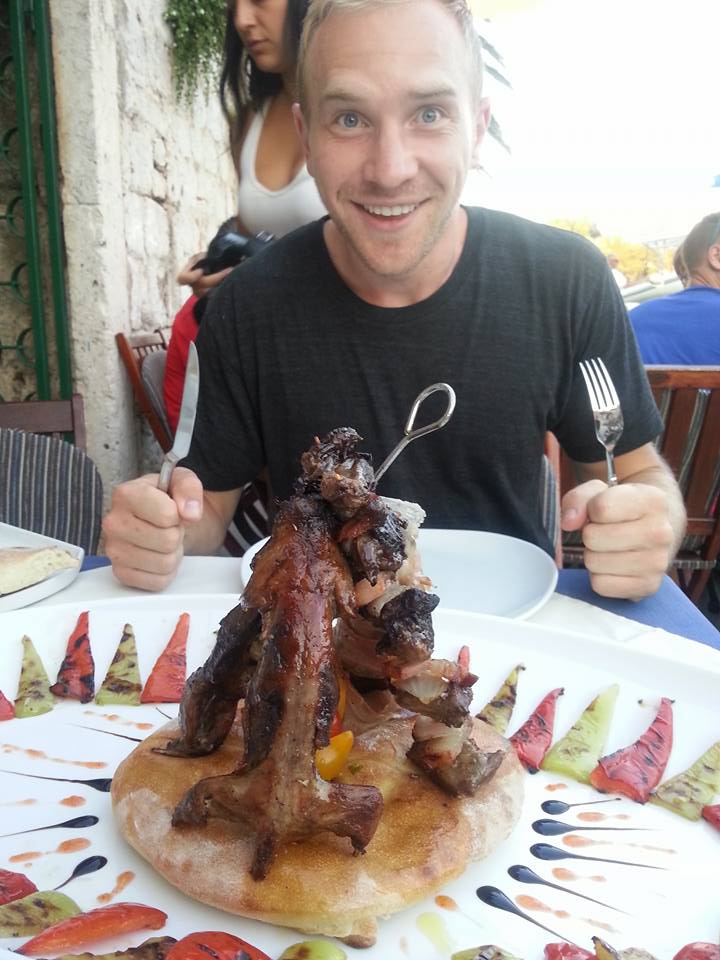
And there is a dormouse festival. Hvar is one of only three places in Croatia where dormice are eaten, and the village of Dol has the annual Puhijada festival. Only a few restaurants serve puh, and you normally have to reserve 48 hours in advance – Me and mrs jones in Jelsa is one. Just one of several authentic and original foodie experiences you can’t find elsewhere. Another is with winemaker Teo Hulijic and his slow food and wine pairing. Sea urchin caviar and the three-island burger (Hvar boar, Brac lamb and Pag cheese) were particular highlights.
This is what a dormouse festival looks like in the video above.
Paprenjak, a traditional honey biscuit has been made to the same recipe on Hvar for 800 years on Hvar, originally by wives for their sailor husbands on the long journeys at sea. It might be fun to learn how to make it for yourself, as would the workshops making chocolate from Hvar ingredients. Cooking classes have SO much potential, and the agencies who do them are very satisfied with the results. Herbal walks through Hvar’s aromatic fields learning about the various plants and flowers, then picking the herbs required to help you cook lunch.
So much content that I will have to stop soon for fear of boring you.
And we haven’t spent any money yet.
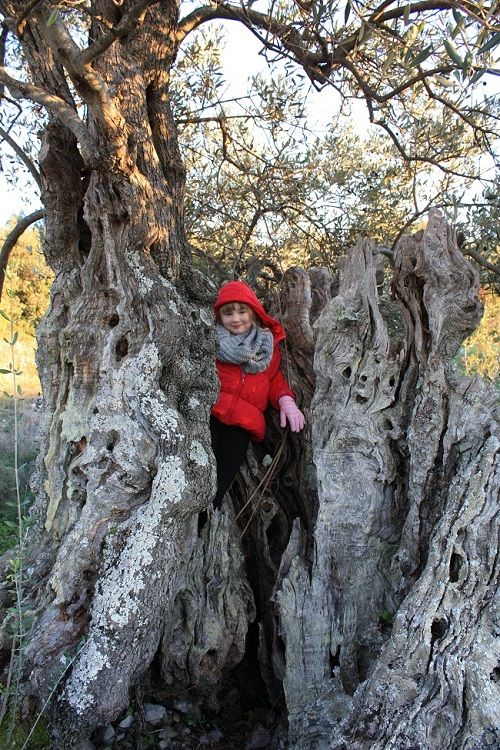
Perhaps a visit to the oldest olive tree (I believe) in all Croatia, dating back 2,500 years – and while we are on the olive theme, when not get your hands on some of the best olive oil in the world? Don’t take my word for it – see below?
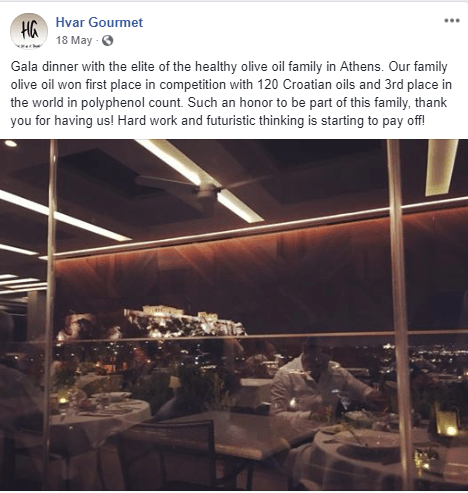
Learn more about the amazing Hvar Gourmet olive oil here and below. I am not sure if there are still more trees to be adopted, but it is a divine spot and would strengthen your ties to the Dalmatian wine capital with UNESCO Mediterranean Diet.
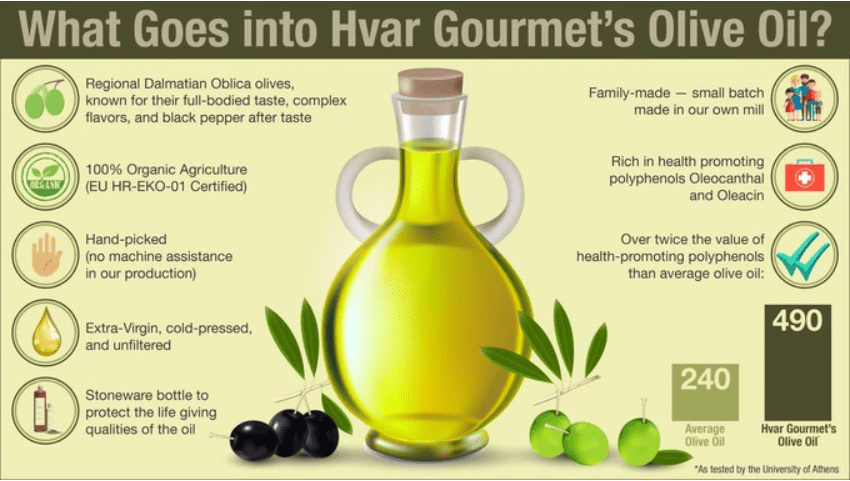
And of course you have the restaurants themselves who produce authentic Dalmatian dishes. There is no more space to discuss now, but I wanted to point out one meal I had on Hvar this summer which makes the restaurant a perfect partner for gourmet tourism – embracing the traditions of the island (wild boar and lavender gnocchi with ingredients all from Hvar), the needs of the modern traveller (the vegan burger was just one of many vegan and gluten-free dishes), and the totally innovative (gin and tonic tuna – it was fantastic). Meet Lucullus, the best meal of the year so far for me.
Enough!
Welcome to my brief introduction to Hvar, the Dalmatian Wine Capital with UNESCO Mediterranean Diet. When are you coming to visit?
Oops, I almost forgot. All the above costs almost nothing. Two things I would add if there was a budget – a proper wine road. While we wait, I created a free virtual wine road above – MW Jo has moved since I did, and you can now find her in Vrisnik.
And build a wine museum in the Dalmatian wine capital, in a place close to the centre where tourists on the boats can visit and taste and learn of both the history and all the indigenous varieties. Include an exhibition on Sir George Fistonich to strengthen the Jelsa wine capital brand.
Lots of great content, especially for people looking for something to do on those rainy days.
All this has been swilling around in my head for a few days now. Let me know what you think!
If you are interested in working with me to develop this theme, or are another destination in Croatia looking for a foreign eye (not for free though) to help develop your concept, drop me a line at [email protected]
Tomorrow, I will publish my suggestions of how to improve Jelsa tourism for next season – the wine is only one small part of the plan.


